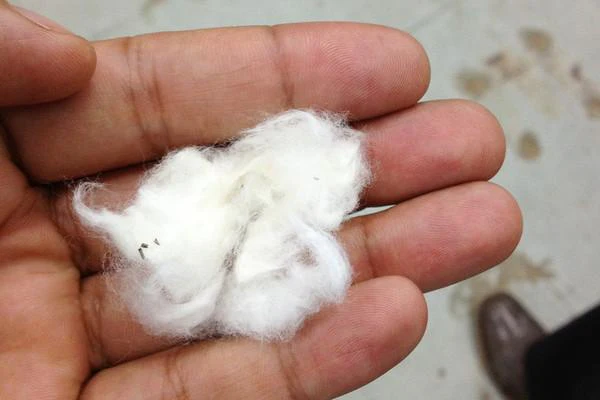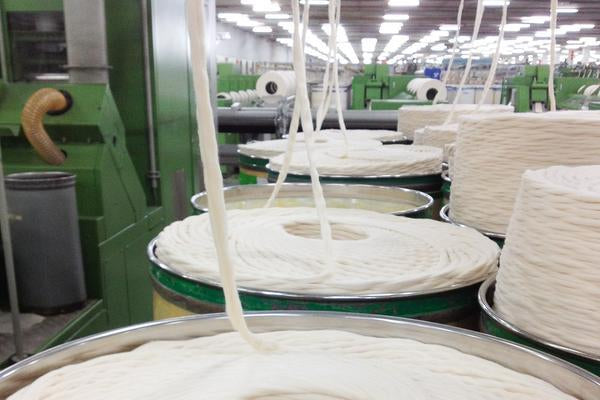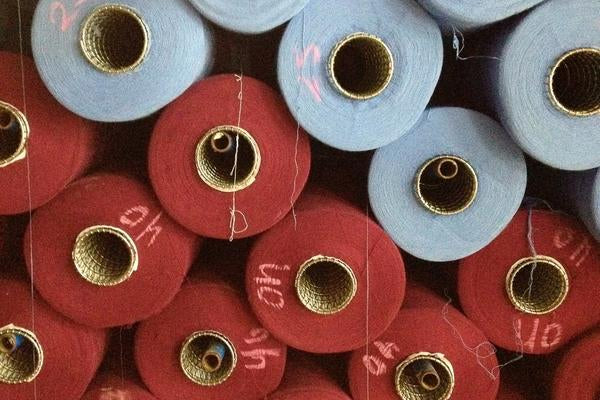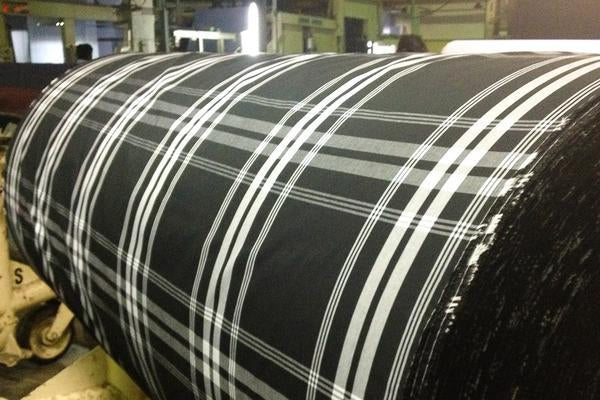A Guide to Men's Dress Shirt Fabrics
A Guide to Men's Dress Shirt Fabrics

We spend a lot of time talking about the fit and construction of our men's dress shirts, but the materials we use are just as important. Fabrics, especially 100% cotton, are the primary material for dress shirts. Here we explore what makes a great dress shirt fabric.
A Guide to Men's Dress Shirt Fabrics

Egyptian Cotton
Egyptian cotton is a particular variety of cotton called Gossypium barbadense that is grown in only a few locations outside of Egypt. It is considered some of the best in the world due to its extra long staple, which means it has longer fibers, resulting in a silkier, more durable fabric. Nearly all of our dress and casual shirts are 100% pure Egyptian cotton, but for a few cut from linen or linen-cotton blends. We source our cottons from all over the world, but predominantly Italy, India and Thailand.

Fabric Ply
Fabrics are either 1-ply or 2-ply. This is the number of yarns twisted together to make a single thread. Two-ply fabrics are generally finer with a tighter weave than 1-ply fabrics. All of our Professional dress shirt styles, and the majority of our Work/Play and Smart Casual styles are 2-ply fabrics because they lend a smoother, more crisp hand feel. Occasionally, we use single-ply fabrics on some of our more casual shirts when we want a lighter, more breathable fabric.

Fabric Yarn Count
The number you see on shirt fabrics (80s, 120s, etc.) indicates the size of the thread in the fabric, and therefore how many threads per square inch. Higher numbers mean the threads are finer which results in a softer, smoother and lighter fabric. Our shirts run a wide range of thread counts. We prefer 100s, 120s and 140s for our classic dress shirts because of the silky texture and lightweight. We use lower counts when we want more weighty fabrics.

Fabric Finish
Often overlooked, the finish of the fabric is the result of the production process used to actually mill the fabric. A 2-ply 200s fabric sounds impressive, but if it's made with low quality cotton by a dubious manufacturer then it is no better (and probably worse) than a 1-ply 50s fabric made by a reputable mill. All of our fabrics come from high-quality mills in Italy and India and are certified to be carefully produced with no harmful chemicals or additives. All of our fabrics must also pass our “hand check." No matter how impressive it looks, it if doesn't feel just right, we don't use it.